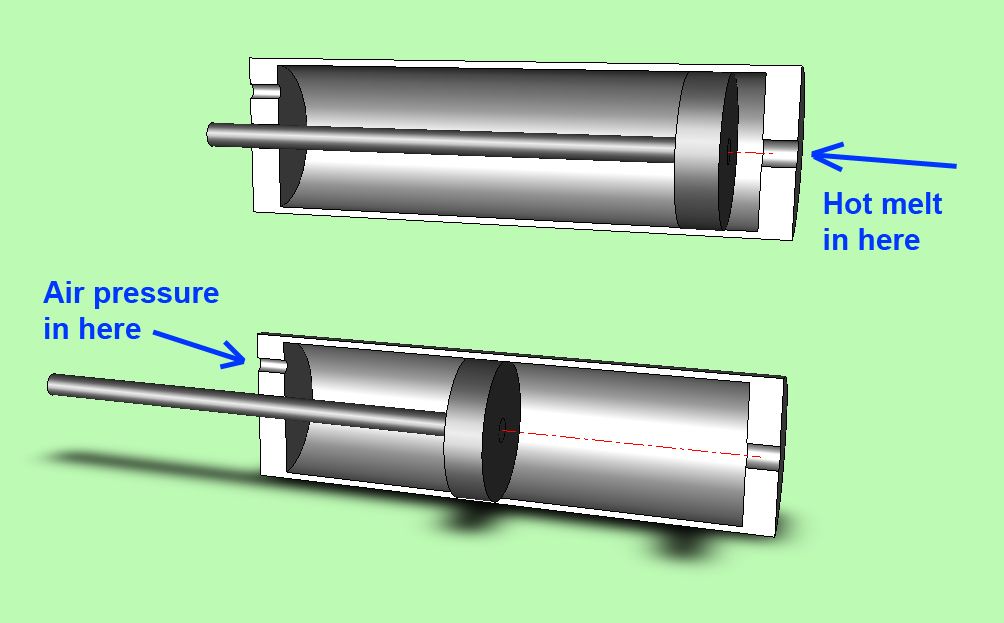A good one Murray,
Thanks for your observations and details of what might have happened had it been a pressure vessel.
In reality, this SOB (me) forgot to mention that…
Installed in the main plastics laboratory, the 20 inch diameter / 7-8 feet long vessel stood on end, was an open-topped stainless steel chamber into which the polymer melt ‘dribbled’. It settled at the bottom of the vessel under its own weight.
With one end bolted to the end of the extruder, the open end of the one-piece stainless steel (feed) pipe was shaped to carry the melt over the top edge of the vessel, and down past the top of the tank a short distance. There were no couplings other than the pipe’s very secure attachment to the extruder.
For further protection, guardrails and warning signs indicating ‘HIGH TEMPERATURE’ surrounded the vessel.
As for homemade, I suspect (because I was no longer a part of the project), that the device was designed and manufactured under the control of the refinery engineering group. Had it been a pressure vessel, I reckon they would have understood the requirements
Other than that, I can’t be more specific.
I beg to differ about injection moulding machines. For years, a large number have utilised nitrogen cylinders to store hydraulic fluid under high pressure. With this arrangement, smaller pumps and faster injection rates are possible.
Knowing about this while standing between the (installed) mould halves of a 3000 tonne IM machine can be a bit creepy and rather intimidating, even when you know that all the pumps are off and the power is isolated. At the time, we were standing on the spring loaded, steel-mesh floor, equipped with multiple micro-switches linked to the controls.
Even then it still affected the hair on the back of my neck, and maybe other places too
Regards,
Sam
A one-time Lancashire lad.
PS I almost forgot why I created this thread in the first place.
Something to do with Achilles?
Edited By Sam Stones on 04/12/2017 22:06:05
Sam Stones.






